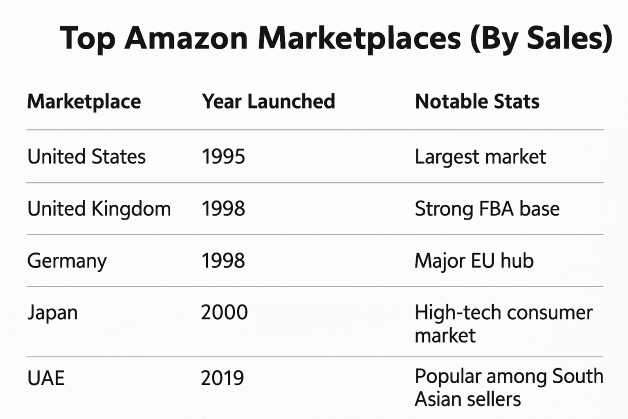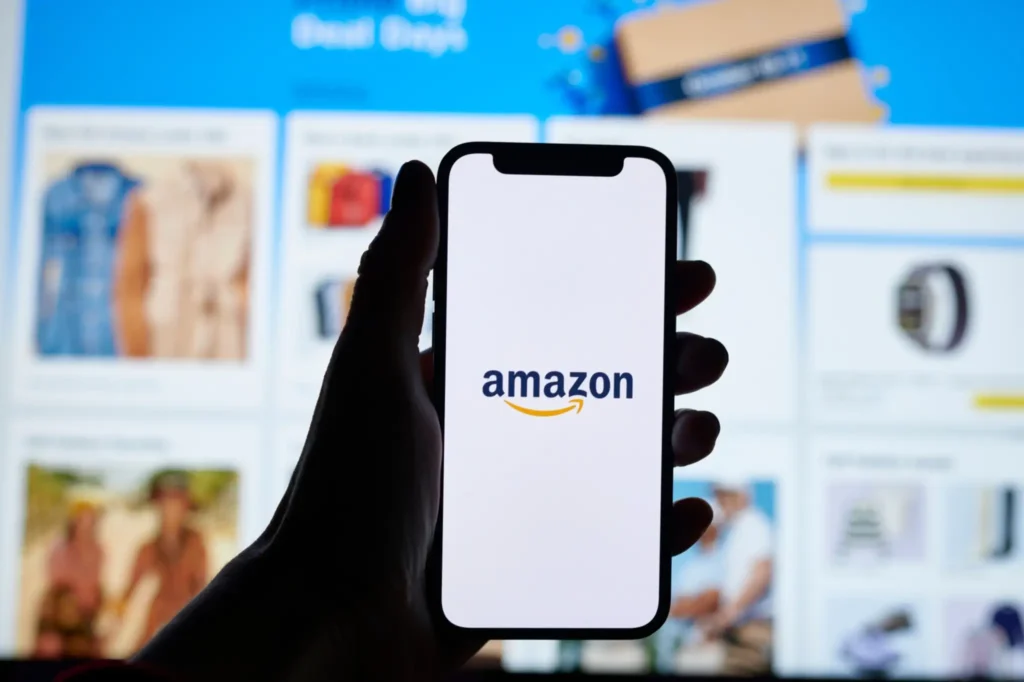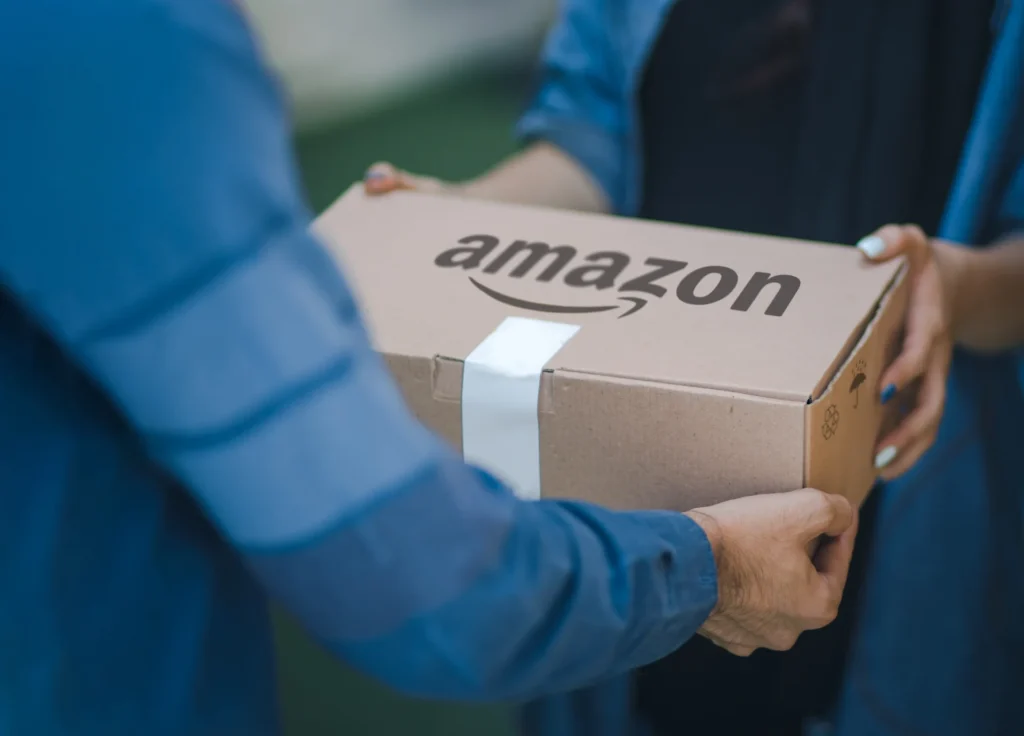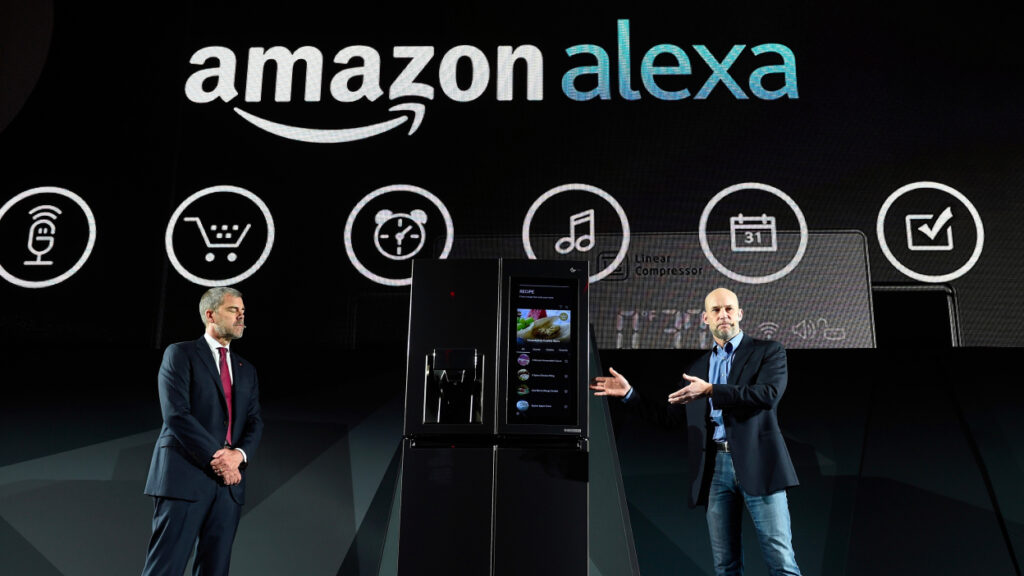In an era defined by digital acceleration and global connectivity, Amazon has grown into a revolutionary force in the world of e-commerce. As the world’s largest online retailer, Amazon has reshaped how people shop, live and do business. What started as a small startup selling books in 1994 has transformed into a global e-commerce, reshaping everything from technology to logistics, and revolutionizing retail along the way. By operating a marketplace model, Amazon has opened up a global economy for millions of entrepreneurs worldwide, thereby unlocking opportunities and paving the way for the commerce of the future.
Amazon’s Evolution & Infrastructure
Amazon’s rise to dominance is a tale of innovation and adaptability.In its early years, Amazon was focused on books, and Mr. Bezos’s initial vision was straightforward to build a store that had more selection than any bookstore could. The company rapidly expanded its catalog, and soon was selling electronics, toys, clothing and other consumer goods, effectively becoming a one-stop shop for just about anything.
- Founded: 1994 by Jeff Bezos in Seattle, Washington
- Annual Revenue (2023): $575 billion+
- Employees (2023): Over 1.5 million globally
- Marketplace Sellers: 9.7 million sellers worldwide (1.9 million active)

Amazon is not just a retailer — it’s a tech ecosystem. It includes:
- Amazon Web Services (AWS) — Cloud infrastructure for businesses worldwide
- Amazon Logistics – Owns thousands of trucks, planes, and even researching drone delivery
- Alexa & Smart Devices – Shopping via smart speakers
- Kindle, Prime Video, Music – Providing digital content alongside physical product
Amazon’s Business Models
The success of Amazon’s e-commerce is not only about the sale of products but also the fact that it offers a comprehensive ecosystem for businesses of all sizes. The primary driver of Amazon’s growth has been its flexible business models, which enable entrepreneurs to sell goods in a variety of ways based on their objectives and available resources.
- Fulfilled by Amazon (FBA): Sellers ship their products to Amazon’s warehouses, and Amazon takes care of storage, packing, shipping, and customer service. The model provides sellers with access to Amazon’s extensive logistics network, and Prime member benefits.
- Fulfilled by Merchant (FBM): Sellers are responsible for the entire fulfillment process, including storing, packing, and shipping the item directly to the customer. This model provides additional degree of control at the expense of effort and resource.
- Private Label: This happens when sellers use their own branding and label products (usually by sourcing items from manufacturers and labeling them with their brand name) to sell to customers. This model enables entrepreneurs to develop distinct products and establish their own brand on Amazon.
- Dropshipping: The seller lists products for sale on Amazon but doesn’t carry any inventory. When a buyer orders a product, the seller purchases the item from a third-party supplier, who then ships the product directly to the buyer. That creates a model to remove upfront investment in inventory.
A Marketplace Built for Entrepreneurs
The third-party marketplace is the very core of Amazon’s model, a vibrant ecosystem that has changed the global business landscape.
Rollie Shoes’ Swift Success: Rollie Shoes, an Australian footwear brand that rapidly grew within a relatively short amount of time. Rollie Shoes experienced a reach expansion alongside increased sales for Amazon, proving that there is a digital market for businesses.
HexClad’s Innovative Approach to Cookware: The hybrid cookware combines stainless steel and non-stick surfaces, and it was invented by Chef Brandon Knott, who founded the company HexClad. Using Amazon’s platform to massively scale their brand, including advantages of Fulfillment by Amazon (FBA), Amazon’s advertising services and Amazon Prime to access a massive audience, HexClad has grown exponentially.
Angela Stephens of RE-Focus, the Creative Office: Angela Stephens faced a difficult challenge when a $12,500 wire transfer to a manufacturer did not make it through the process. After the setback, she didn’t quit. Angela transformed her business by concentrating on all the leverage she could get from the Amazon platform and the various tools it provides. She sells her line of creative office supplies and uses Amazon to reach customers in search of unique, well-made products for their offices.
Nathan Walsh’s Rapid Start in Book Sales: Nathan Walsh began his Amazon journey with a small investment of $600. He concentrated on selling books, using Amazon’s marketplace and tools. In just three months, Nathan transformed that $600 into $15,000 in sales, including nearly $6,000 profit.
Sourcing Power: Why Businesses Choose Amazon
- Traffic: Over 2.7 billion monthly visitors to Amazon.com
- Logistics: 1–2 day delivery through Amazon Prime
- Tools used: Brand analytics, A+ content, keyword targeting
- Advertisement: Sponsored products, video ads, deals, and promotions
- Trust: Strong review and feedback system
Bangladeshi Entrepreneur in the Amazon Global Ecosystem
Amazon has no direct marketplace in Bangladesh, but Bangladeshi entrepreneurs have been active in selling on Amazon’s international marketplace, including the US, UK and UAE.They export a large diverse range of goods including jute products, leather, handicraft, garments etc. Their participation highlights the increasing role of Bangladeshi sellers in the global e-commerce landscape.
Government Endorsement of Cross-Border Transaction: The Government of Bangladesh also has undertaken initiatives to ease cross-border digital trade. To allow Bangladeshi traders and e-commerce firms to bring in and out the goods using online platforms, the draft of the “Cross-Border Digital Trade Guidelines 2023” has been proposed. Such an initiative would allow global e-commerce players such as Amazon and Alibaba to sell and purchase from Bangladeshi consumers and traders, which could widen the business scope of local players.
Expand Amazon Virtual Assistants (VAs): With over 10,000 trained Amazon Virtual Assistants (VAs) in Bangladesh since 2020, the country is increasingly going global by playing a pivotal role in supporting e-commerce operations worldwide. They offer crucial services, including product research, listing optimization, customer service, and order management — all tailored to Amazon sellers across the globe. If you search up of Amazon FBA Assistants from Bangladesh, you can see several profiles on upwork and similar platforms stating Bangladesh can become the new Amazon FBA hub in the next few years due to overcome the demand.
Technology Influencing Amazon’s E-Commerce Trends
The following trends reflect how the evolution of technology drives the evolution of Amazon’s business model
- Data Science: Personalized recommendations, predictive inventory. AI has made product recommendations personalized by Amazon Predictive inventory management by making inventory optimization possible is another contribution of machine learning.
- Robotics & Automation: Amazon’s clocks more than 750,000 robots inside its warehouses. Amazon uses over 750,000 robots in its warehouses to speed up order fulfillment and boost operational efficiency. These automatic frameworks enhance exactness and pace, minimizing human miscalculation.
- Data Analytics: Track buyer behavior in real time. The platform employs real-time data analysis to monitor consumer actions, providing information based on preferences and trends. It enables dynamic pricing, customized marketing, and enhancement in product offerings.
- Alexa Voice Commerce: Buying with smart speakers. The Alexa voice-activated artificial intelligence application allows users to shop hands-free. That is because Alexa is making online shopping as easy as possible and increase sales.
- Blockchain (exploratory): Supply chain transparency. So, these use cases can be more established examples like Amazon exploring blockchain to increase transparency in the supply chain, increasing product transactions security and traceability.This technology would allow for better optimization of logistics and fraud prevention.
From improving Amazon’s own operational efficiency to laying the groundwork for the future of the entire e-commerce industry, these technologies usher in a new era of grocery shopping with basics like keeping customers’ personal information safe in the background and the personalization of their shopping experience front and center.
Read More: Empowering farmers with ‘Fosholer Chikitsha’: How Technology is Changing Bangladesh’s Economy
Learning from Amazon: Lessons for Global Entrepreneurs
- Trust is built through consistency: Transparent listings, genuine reviews, and reliable fulfillment keep customers coming back.
- Invest in infrastructure: Success depends not just on marketing, but on supply chain strength and service reliability.
- Customer data is gold: Understanding and predicting customer behavior through analytics leads to better decisions.
- Think global, act local: Amazon’s ability to localize services — while maintaining global standards — has been key to its success in diverse markets.
Conclusion: Amazon as a Catalyst for Global Entrepreneurship
Amazon’s journey is one of innovation, empowerment and global transformation. Since then, Amazon has transformed the landscape of entrepreneurship, providing sellers with the tools, logistics, and global reach needed to thrive in a competitive marketplace. The hidden opportunities available for countries like Bangladesh, through this very platform leads towards economic independence, enhancive global reach and business growth as well.With the continued evolution and adoption of digital commerce globally, Amazon’s marketplace will be leading the charge, shaping the future of retail and enabling entrepreneurs around the world to build the next great story.
References





















